|
My next stop is all the way back in Europe- Amsterdam in the Netherlands to be exact. Coincidentally, my connecting flight in Warsaw departs for Amsterdam at 4:20PM. I’m going to come right and say it; I’ve never smoked weed, nor do I have any desire to- it’s just not my bag- but this coincidence was just too good not to notice. Having laid that out, you may be wondering, “ok, so Brad, if you aren’t going to Amsterdam to get high, then what are you doing there anyway?”
Well, I’m so glad you thought to ask. You see, I’m here in the Netherlands not to go to Amsterdam at all, but instead to visit two sites that are highly involved in water research: the UNESCO-IHE (Institute for Water Education) and Wageningen University where an ASU professor and colleague, Andrew Marcus, is participating in a workshop on biofilm modeling. So, the first thing I do upon landing at Schiphol airport is sit my butt on a train heading straight for Delft.
I ran into Nick and Wouter whom you may remember from Porto! We got some Kwak which is this ridiculous looking beer on the right that comes in a glass with a round bottom. Because of this, they have to serve it to you with a wooden holder. It's Belgian and 8.4%.
Delft is a very quaint little town about an hour away by train. The first thing I notice after checking into my hostel is that it is centrally located underneath nieuwe kerk which translates into ‘new church.’ I noticed this because I can hear the church bells going off, as the catalog describes:
“...on every quarter hour, half hour, and on the hour with a different tune.” Like clockwork…I get to sleep here!
About a thirty minute walk away from nieuwe kerk is oude kerk which stands for, you guessed it, old church. Within old church is buried Antonie van Leeuwenhoek. You should care about this dude because he is commonly referred to as ‘the father of microbiology’ and considered by some to be the original prankster- the first microbiologist. Through tinkering around with his microscopes in 1654, Leeuwenhoek was the first person to ever observe microorganisms which he described as animalcules (Latin – tiny animal) [or pocket monster (Japanese – Pokémon)]. The organisms that Leeuwenhoek was observing in this instance were unicellular organisms, but he later went on to observe muscle fibers, bacteria, spermatozoa, and blood flow through capillaries. Thank, oh mighty Leeuwenhoek, for what used to be a steady paycheck and what remains to be, a PhD in microbiology related research. (Oh, and by the way- for all of you PhD students out there, guess what? Leeuwenhoek never published shit! People only discovered how cool this dude was after the Royal Society received and subsequently published his letters. All that work you’re doing isn’t for not- people just haven’t figured out how badass your research is yet!)
Another interesting feature of oude kerk (other than the absolutely lovely sound of the city around it) is that it is often referred to as “Delft’s Leaning Tower of Pisa”, or as I like to call it, the much more abrupt, “Leaning Tower of DELFT!” This is because the church was built on a plot of land that used to be a canal. Much of the Netherlands, as a matter of fact, is built on ground not too dissimilar from the ground underneath the old church which is where the phrase “God created the Earth, but the Dutch created the Netherlands” comes from. The truth about the Netherlands is that only 50% of the country is more than one meter (about three feet) above sea level and 26% of its landmass (21% of its population) is located below sea level. It is estimated that 17% of the country’s current land mass is actually, as they say, “land reclaimed from the sea.” These ‘polder’ areas rely on complex hydraulic systems to constantly pump water into dikes and streams. Needless to say, the Netherlands is at high risk if sea levels are to rise and is constantly developing new solutions to confront rises in sea level.
Before I return to Delft, let’s first go to the Kinderdijk- UNESCO World Heritage site and stunningly beautiful display of man’s arrogance and ingenuity. Built on a polder, this site found trouble when, despite the efforts of the Dutch to divert water, the area still found itself underwater. You see, as you pump water from a piece of land, the land itself begins to sink. Thus, by eliminating the water, you actually literally put yourself even deeper ‘in the hole’ so to speak. To combat this unfortunate consequence of reclaiming land, the windmills were established to use the energy of the wind to pump water from the polder to a nearby reservoir where it could safely drain into the adjacent stream. For a small price, you can purchase a ticket to go into two of the windmills and experience the real feeling of ‘windmill life.’ The windmills are now for show only- all of the pumps are operated by a nearby diesel-powered power plant.
Meanwhile, back in Delft, (only a few blocks away from a record store that has every Frank Zappa record known to man) is the UNESCO-IHE Institute for Water Education where a friend of mine (Anuj Kamboj from India) has referred me to visit Assela Pathirana andMariska Ronteltap- two leading researchers at the institute. UNESCO-IHE is the largest international graduate water education facility in the world containing 90 staff, 160 PhD fellows and postdocs, and over 500 students from all regions of the world. Its modus operandi is not merely to educate locals, but rather to encourage a broad range of international students to study there. UNESCO-IHE offers 4 Masters of Science Programs (Water Management, Urban Water and Sanitation, Environmental Science, and Water Science and Engineering); however, it does not offer PhD degrees as an independent entity, but rather offers them in collaboration with other universities. The underlying philosophy is to increase well global well-being by ‘Equipping people and organizations to solve water and development challenges worldwide, contributing to the UN Sustainable Development Goals.’ Lastly, its major research focuses are safe drinking water and sanitation, water-related hazards and climate change, water and ecosystems quality, water management and governance, information and knowledge systems, and water, food, and energy security.
At UNESCO-IHE, I catch a presentation from Hans Merton from a small company called AKVO that sells a platform for doing water testing and other water related fieldwork with your smartphone. It uses the location information from your phone to automatically upload the information you insert with location data.
Next, I’m off the University of Wageningen where I am going to meet Andrew Marcus and tour the facilities. Wait a minute! Is that Cristian Picioreanu? I saw him at Biofilms 7 earlier. Wait, is that Sebastian Puig? What is this all about?
Cristian: [Looks at Andrew] Oh, it’s you! [Looks at me] Oh, it’s you!
Cristian is giving a presentation on cell motility, biofilm formation, and diffusion limitations.
Sebastia Puig is a research scientist at the Universitat de Girona in Spain. His presentation is titled “Electrification of white biotechnology: platform chemicals from CO2.” Essentially, his lab is looking for ways to use the ‘Wood-Ljungdahl pathway’ in bioelectrochemical systems (MXCs) to convert CO2 into high value products. (Also see Sara Glavin and Korneel Rabaey.)
The discussion after each of these presentations got quite interesting. Very quickly, Cristian stopped taking questions and began to discuss what he perceived as the state of the field of microbial electrochemistry. Specifically, why is it that, after more than a decade of research, there are no successful full scale operations of MXCs anywhere. Sure, large scale reactors have been tested, but all have failed… An interesting discussion which I have contemplated a lot and will delve into more deeply in my upcoming blog on European ISMET (EU-ISMET) 2016.
Just prior to these serendipitous presentations, I visit ‘the Restaurant of the Future’, located in the student dining hall at the center for campus. What is the ‘the Restaurant of the Future’ you ask? The sign says it all:
Great, I’ve entered another dimension… as vast as space and timeless as infinity. Yea, yea, you get the reference. I swear they intentionally made paying for the food as difficult as possible just say they could mess with foreigners and watch them struggle to try to figure out how to say things in Dutch! I mean, come on- all of the food choices were translated to English, but none of the payment methods were?! I had to ring up all my stuff three times! I contemplated whispering a quaint little ‘fuck you’ into the cash register and then skipping on over to my little table to quietly eat my free lunch. Let’s have the grad-students observe that and put it in a dissertation!
A similar experiement is also happening in Gothenburg, Sweden in a project called HSB Living Lab, only in HSB Living Lab, almost every aspect of your life is monitored.
I was treated to a campus and lab tour by Dandan Liu- a PhD student whose hobbies include: cycling, yoga, music, and piano! Her research focuses on using an MXC with a biocathode to convert CO2 into CH4- what she describes as a 4th generation biofuel. I like to call is MXC 4D! Sorry James Cameron- beat you to it! I literally got a whole book full of research going on at this university and Dandan showed me the reactor(s) for almost every one of them- bless her heart. Rather than cover them all, I’ve picked out a few to highlight here and refer you to the website to research on your own!
SMT (Sanne) Raes- horse jockey- is trying to convert CO2 into high value organic molecules including volatile fatty acids (are you seeing a trend in the field yet?)
Nora Sutton- master chef- looking at degradation of recalcitrant pollutants in groundwater. For example, pesticides including MCPP, 2,4D, Bentazon, and Dichlobenil are difficult to remove. Monitoring and finding microbes that are able to degrade them will make it possible to create reactors for their removal.
David Triana Mecerreyes- future lead drummer for Metallica- is working on the bioconversion of syngas into caproate. Syngas is the gas that results from fermenting lignocellulosic waste (the stuff left over from agriculture that is difficult to process) which often contains hydrogen, carbon monoxide, and carbon dioxide. This gas is difficult to use unless it is processed. By converting to caproate, the potential for this to be used as a biofuel is greatly enhanced.
I also gave a talk here titled “Simultaneous fermentation of cellulose and current production with a highly enriched mixed culture of thermophilic bacteria in a microbial electrolysis cell” which you may remember from APISMET. Also, if you look closely in the picture, you’ll see that Anna Florentino from Extremophiles 2016 showed up. Turns out, she studies here!
Alright, so back to Amsterdam for a few days before my plane leaves. I’m meant to meet up with Ciska, from South Korea, but she was occupied with work so it was just me and Amsterdam and a whole weekend to myself.
Yes, I went to the red light district,
Yes, I saw the ‘coffee’ shops and the smoke supplies and the cannabis ice cream,
But you know what? I didn’t partake in any of it. No, my readers, instead I went on a stroll through Rembrandt Park.
And used the huge kitchen in my AirBnB to cook chicken fajitas because I hadn’t had any in a while. I grabbed some La Chouffe and some Duvel and just chilled in the living room catching up on everything team Coco’s been doing since they got kicked off of network television (I updated my blog about Dublin to include Conan’s visit to the Dublin factory). Like I said before, that stuff is just not for me- and damn did it feel good to just do nothing for a few days.
0 Comments
Leave a Reply. |
Science /ˈsīəns/
|

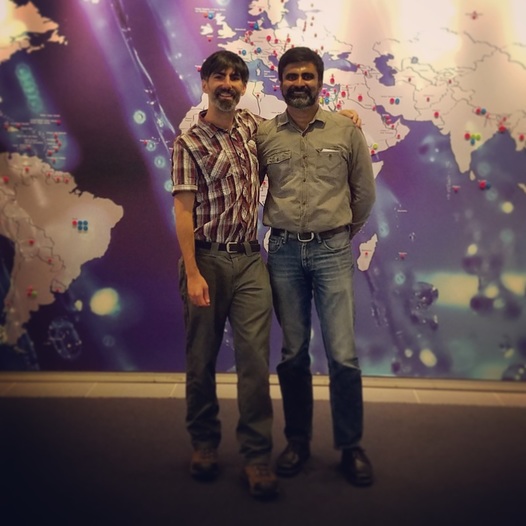
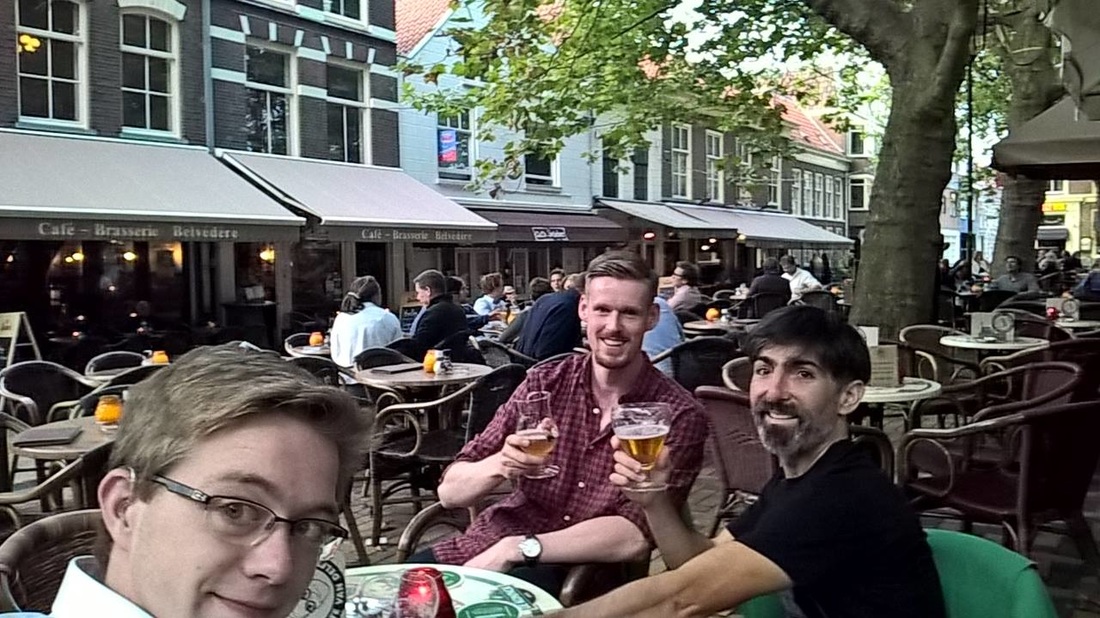
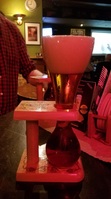
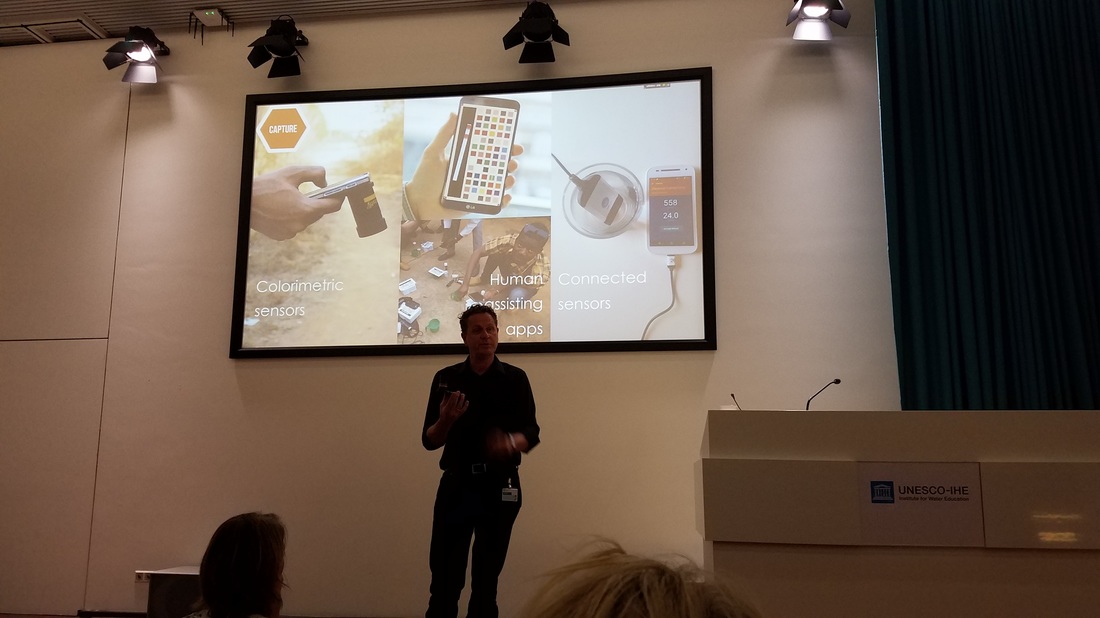
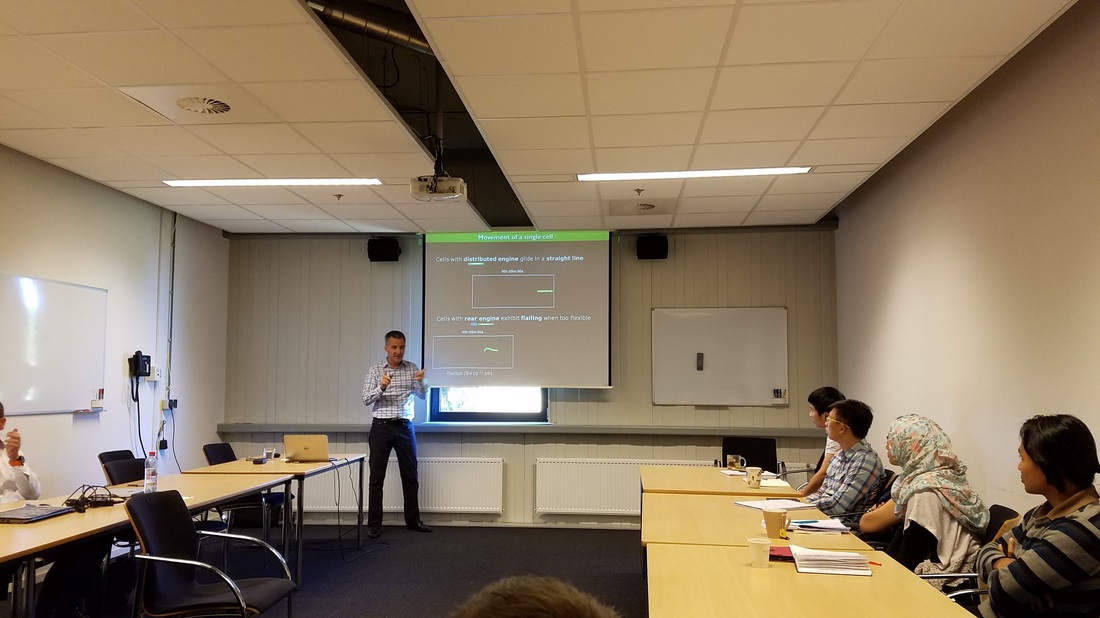
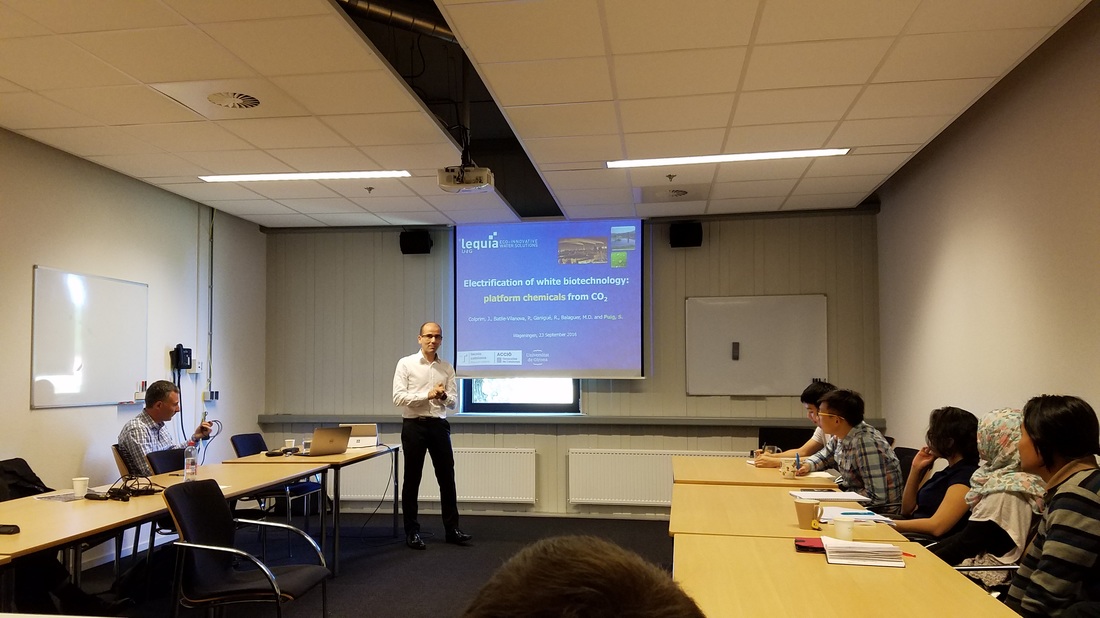
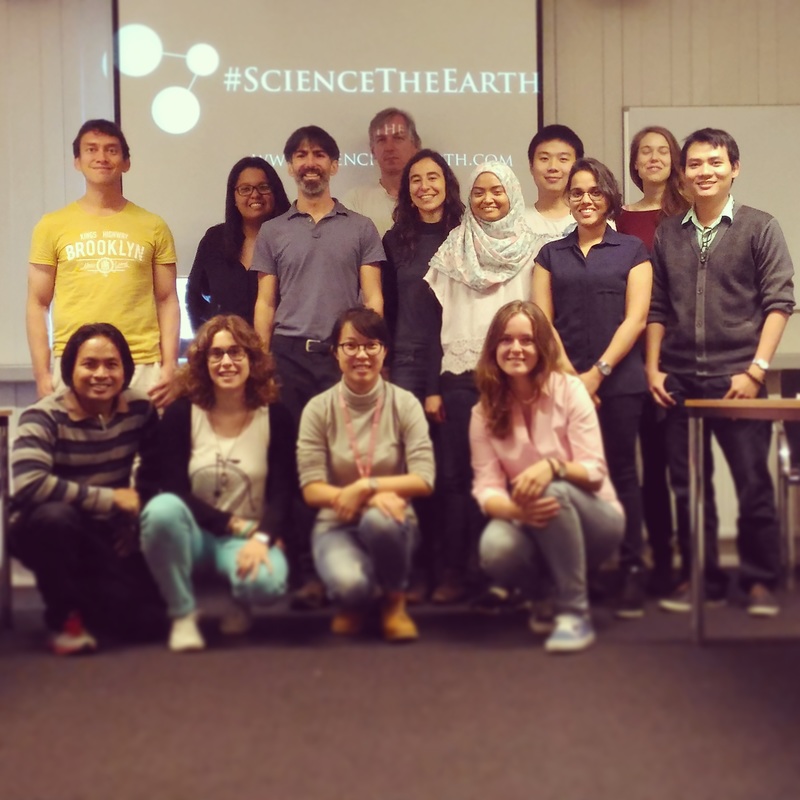
 RSS Feed
RSS Feed